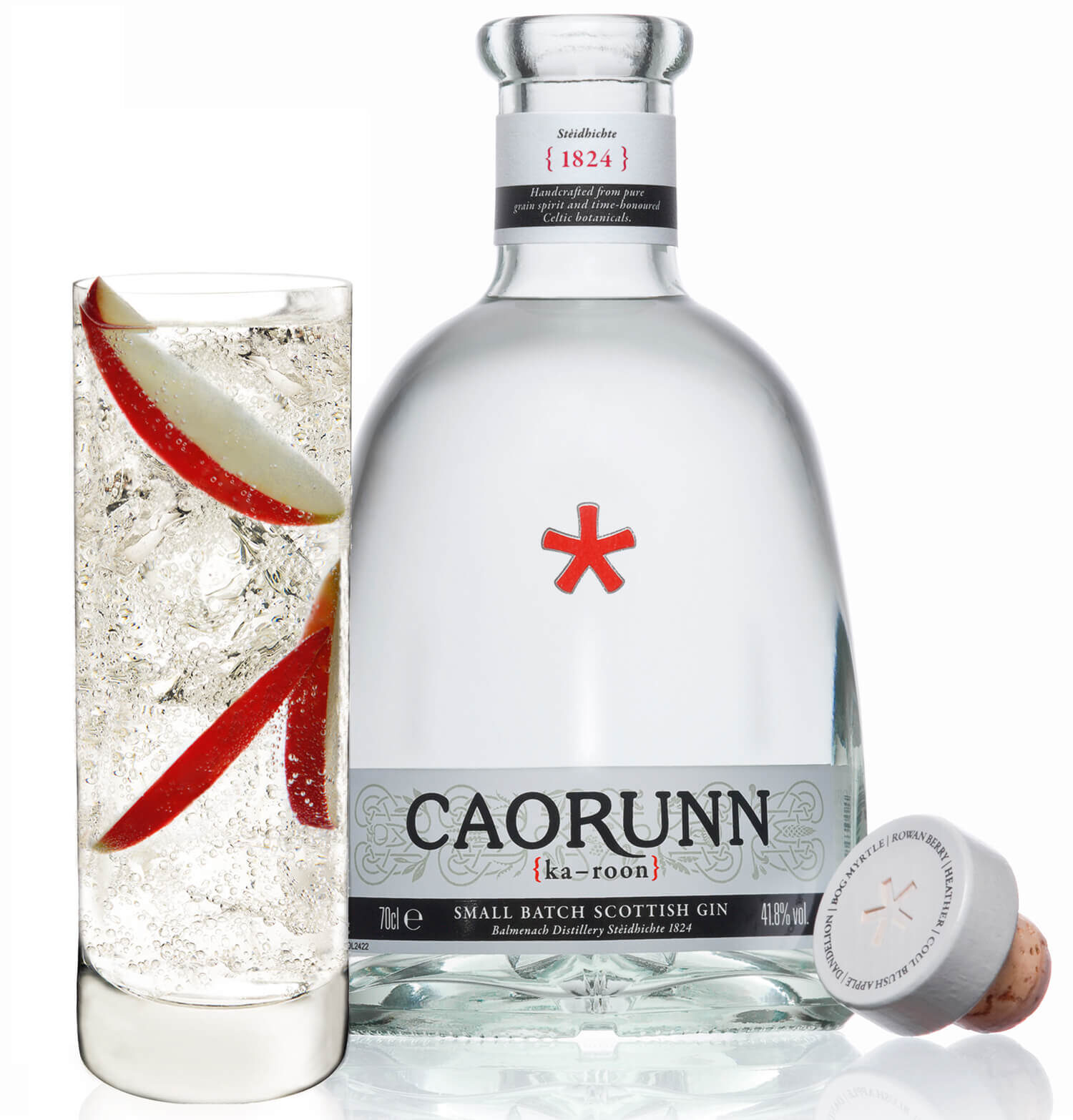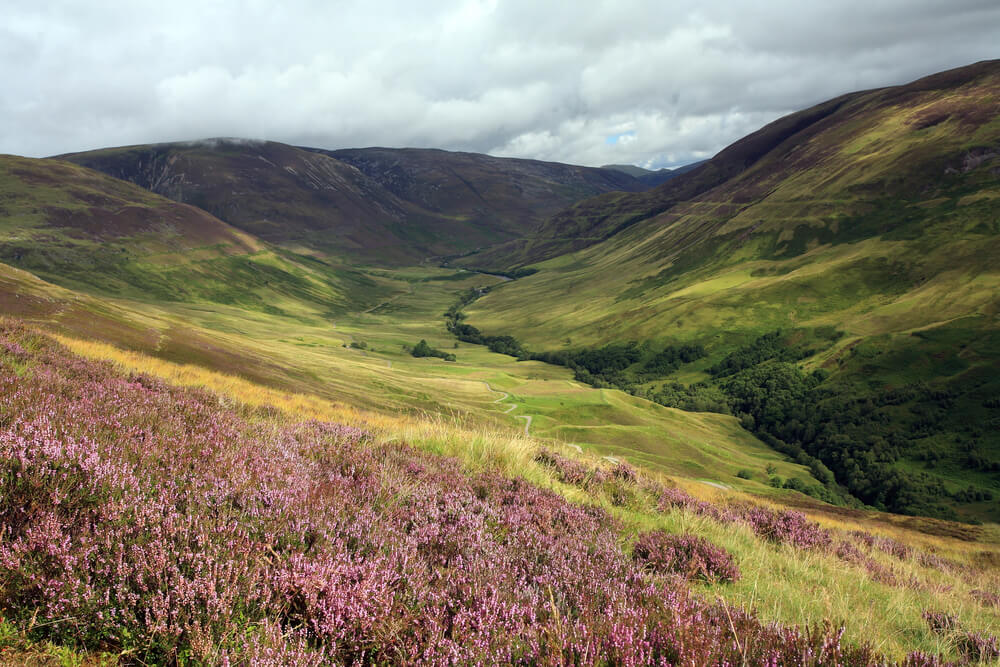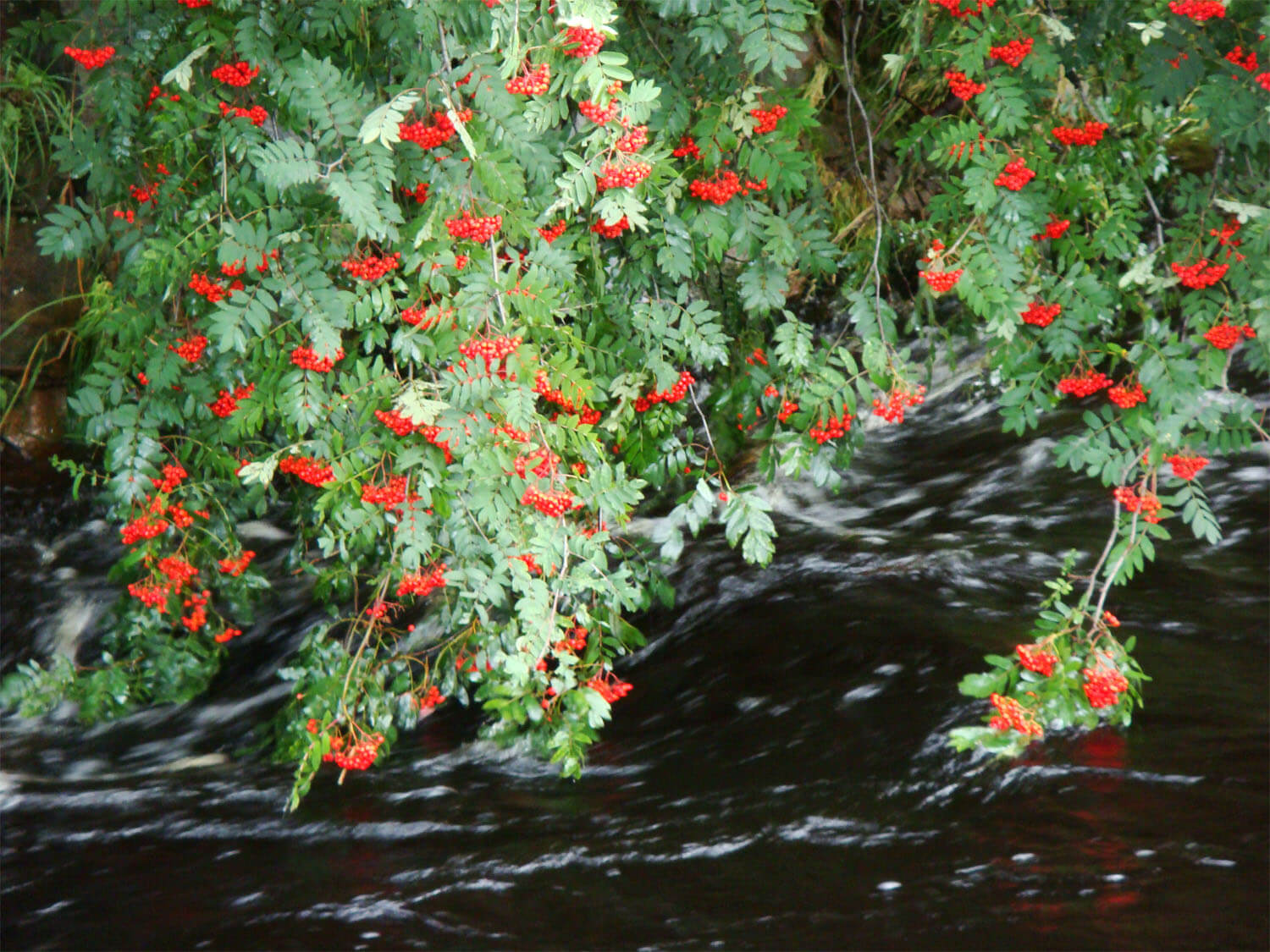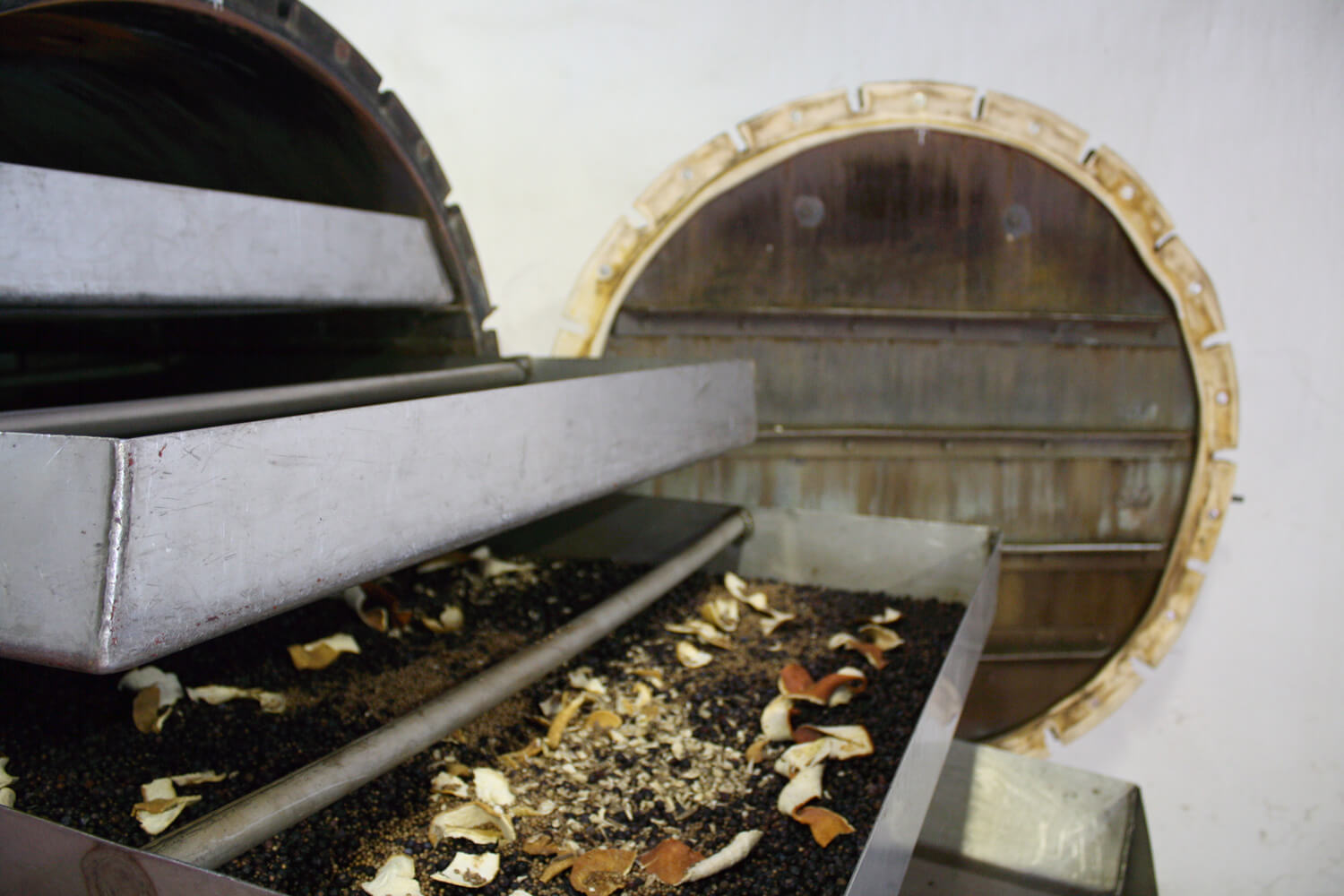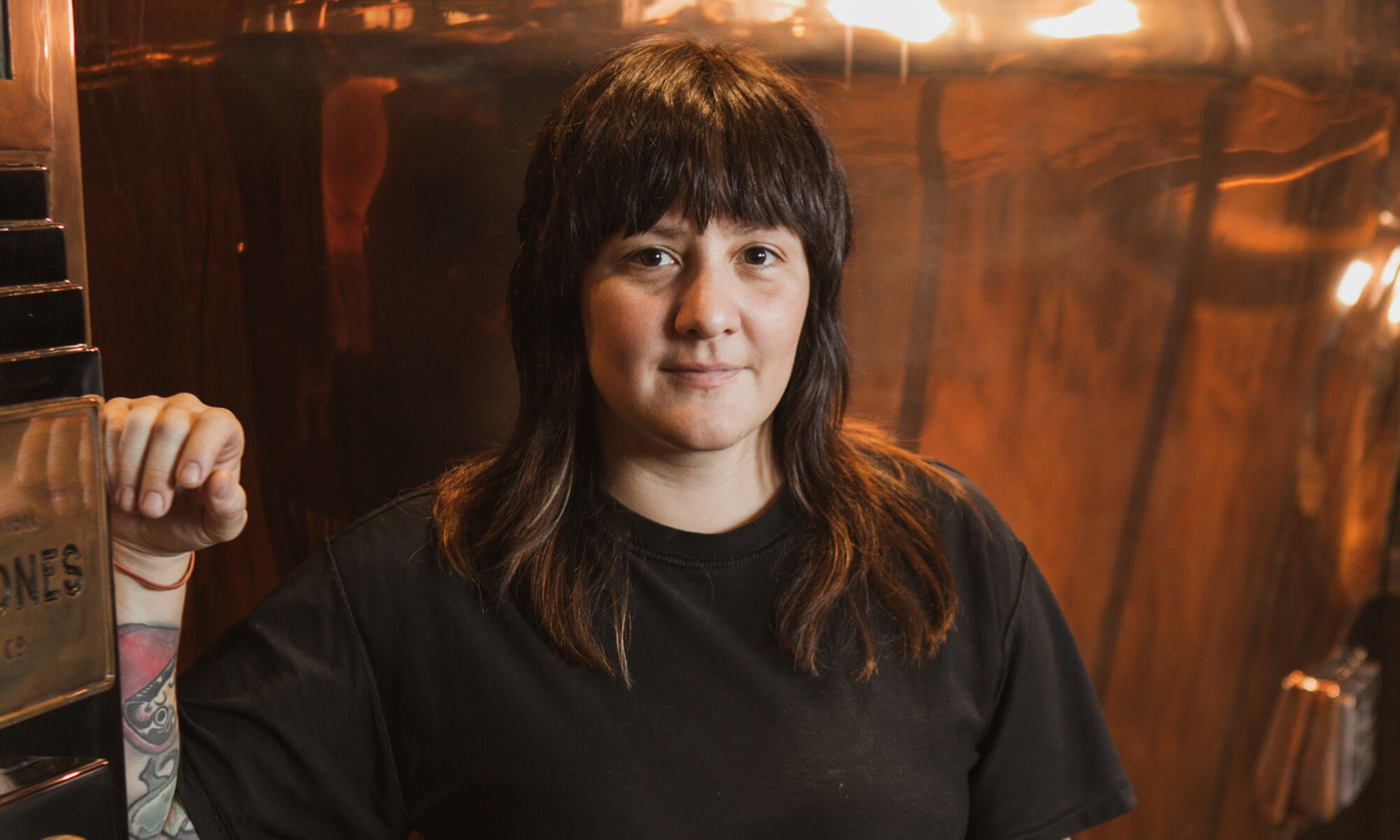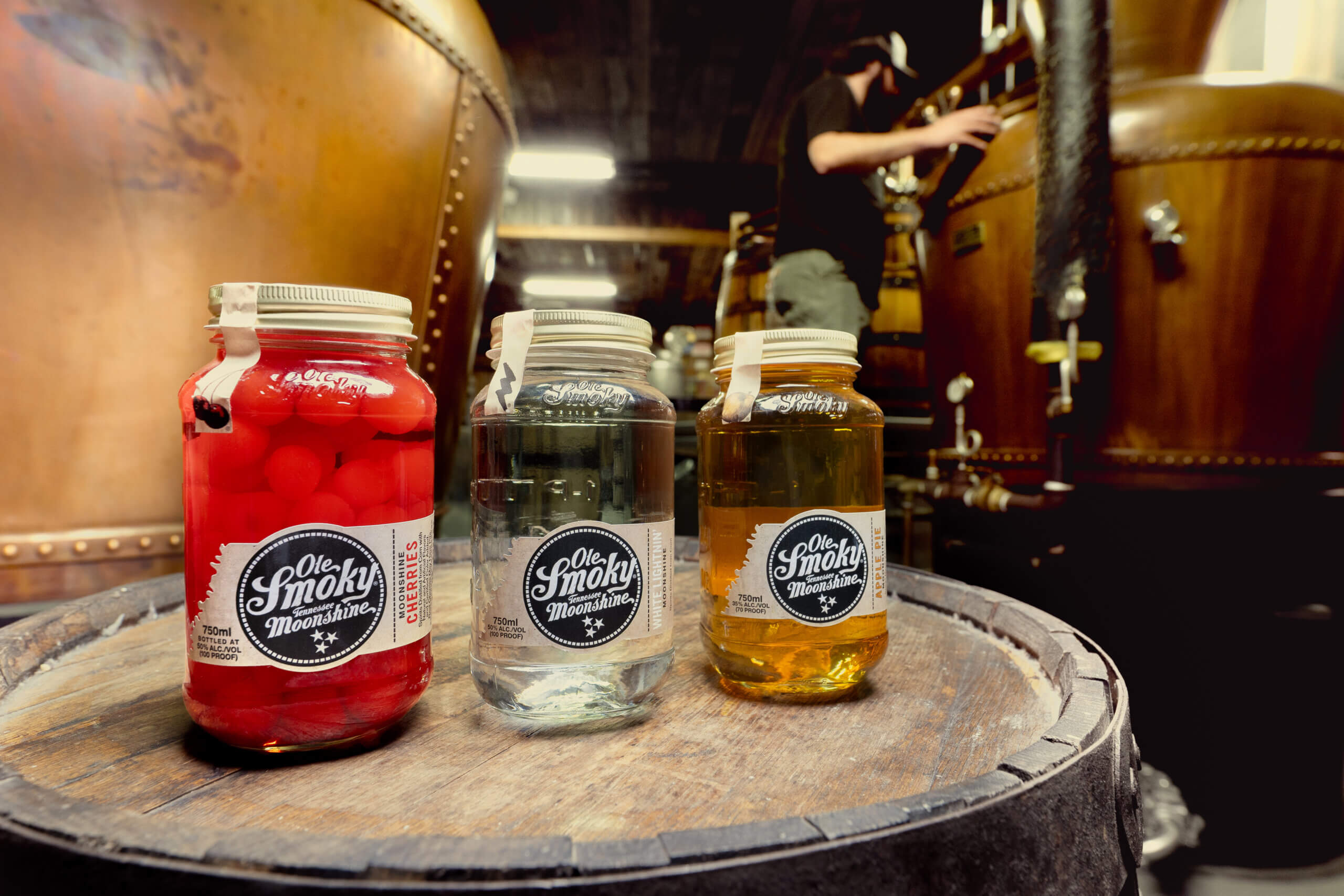This Isn’t Your Grandpa’s Gin
By Mike Gerrard
The Changing World of Gin Botanicals
Gin used to be easy. You drank Gordon’s or you drank Beefeater, or maybe if you were bolder you drank Tanqueray or Bombay Sapphire. And you stuck to what you liked. They all tasted of juniper, and only people in the trade wondered what else went into them. Today, though, botanicals are booming. Craft distillers are experimenting, especially in Europe, and consumers are too.
Exploring the Botanical World
The only botanical you must have in gin is juniper. If the spirit doesn’t taste predominantly of juniper you can’t call it gin. But other than some kind of fixative, like angelica root, which binds all the flavors together, you can put whatever else you like into it. You can go heavy or light on the citrus, or leave it out altogether. You can add local ingredients that make the gin taste of its homeland. Mother Nature is right on the doorstep, and now more than ever, distillers delight in discovering all the flavors she offers.
Burleighs Gin 45 West Distillery

Photo Courtesy of Burleigh Gin – 45 West Distillers
Take Jamie Baxter at 45 West Distillers, which is based on a farm in Leicestershire in the center of England. Baxter named his gin Burleighs after his local wood, where he found some of his botanicals. “I was walking in the wood and there were dandelions, and nearby some burdocks,” he recalls. “I thought of the old English soft drink — Dandelion and Burdock — and wondered what they would be like in a gin.”
“Eleven botanicals go into Burleighs. They include the familiar botanicals but we also use dandelion root, burdock root, silver birch, and elderberries. Those are the four unusual ingredients we use. Dandelion root smells very honeyed. I put this in because I also use the burdock root, which smells a bit like wormwood – and I’m a big absinthe fan. I’m going to use it for other products, but I don’t know what yet.”
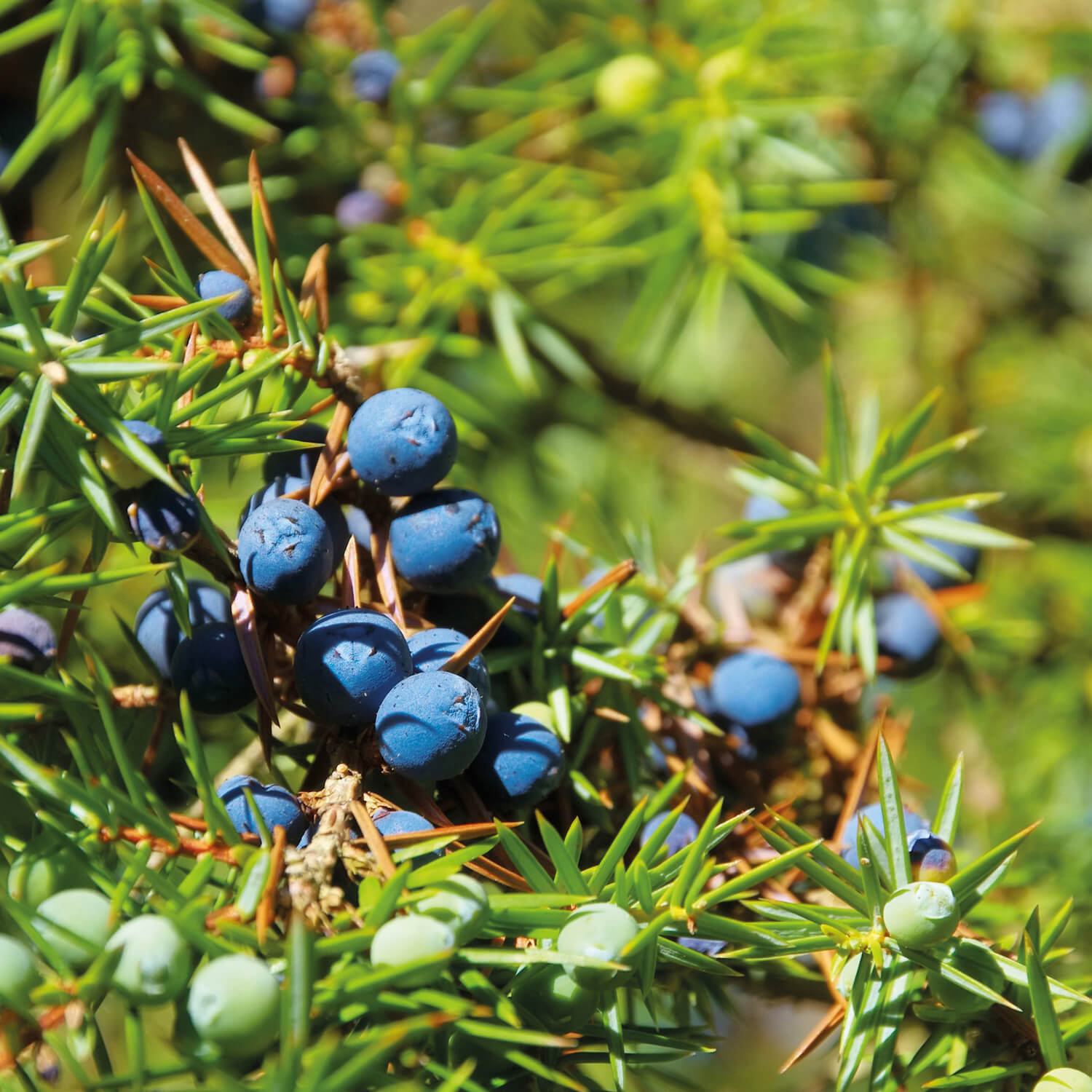
Lakes Distillery Gin
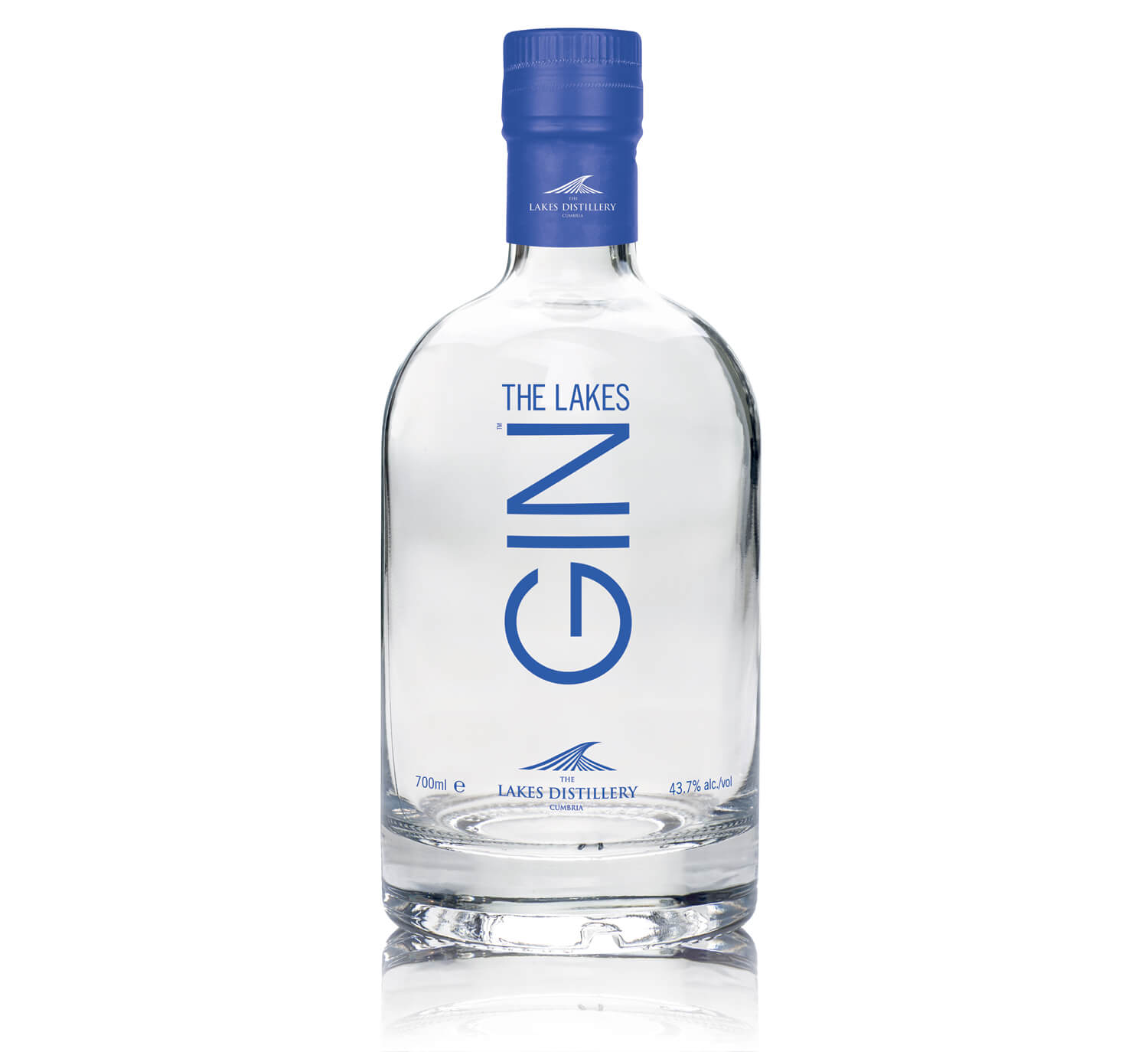
Photo Courtesy of Lakes Gin — Lakes Distillery
Further north in England’s scenic Lake District, the Lakes Distillery also uses botanicals found in the area, including bilberry, heather, and meadowsweet. The new distillery, which opened in December 2014, is also working with conservation groups to bring back the local Cumbrian juniper trees. Cumbria was once a stronghold for English junipers, but they have been dying out, and many British distillers import junipers from Tuscany and elsewhere.
The Botanist
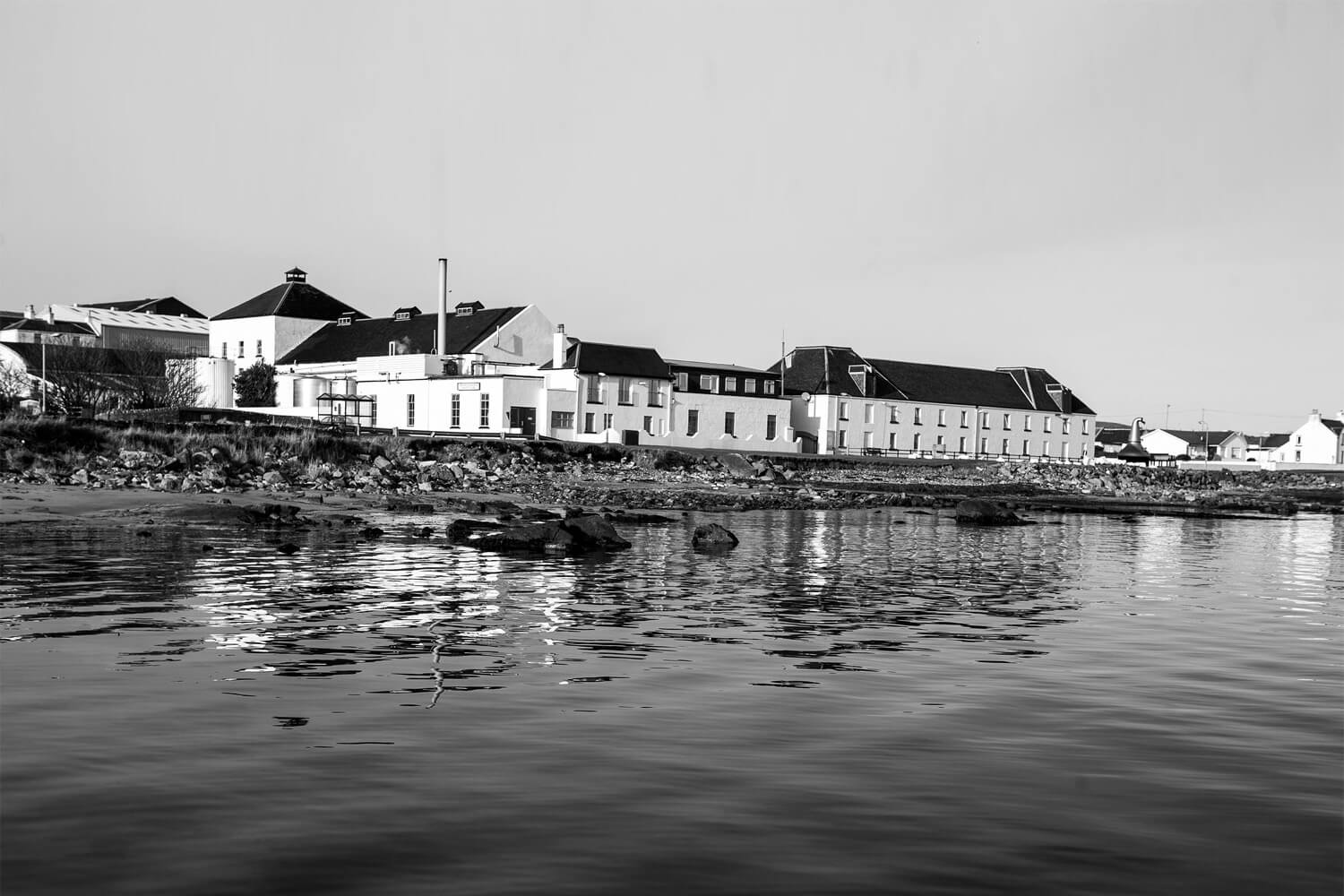
Photo Courtesy of Botanist Gin — Bruichladdich Distillery
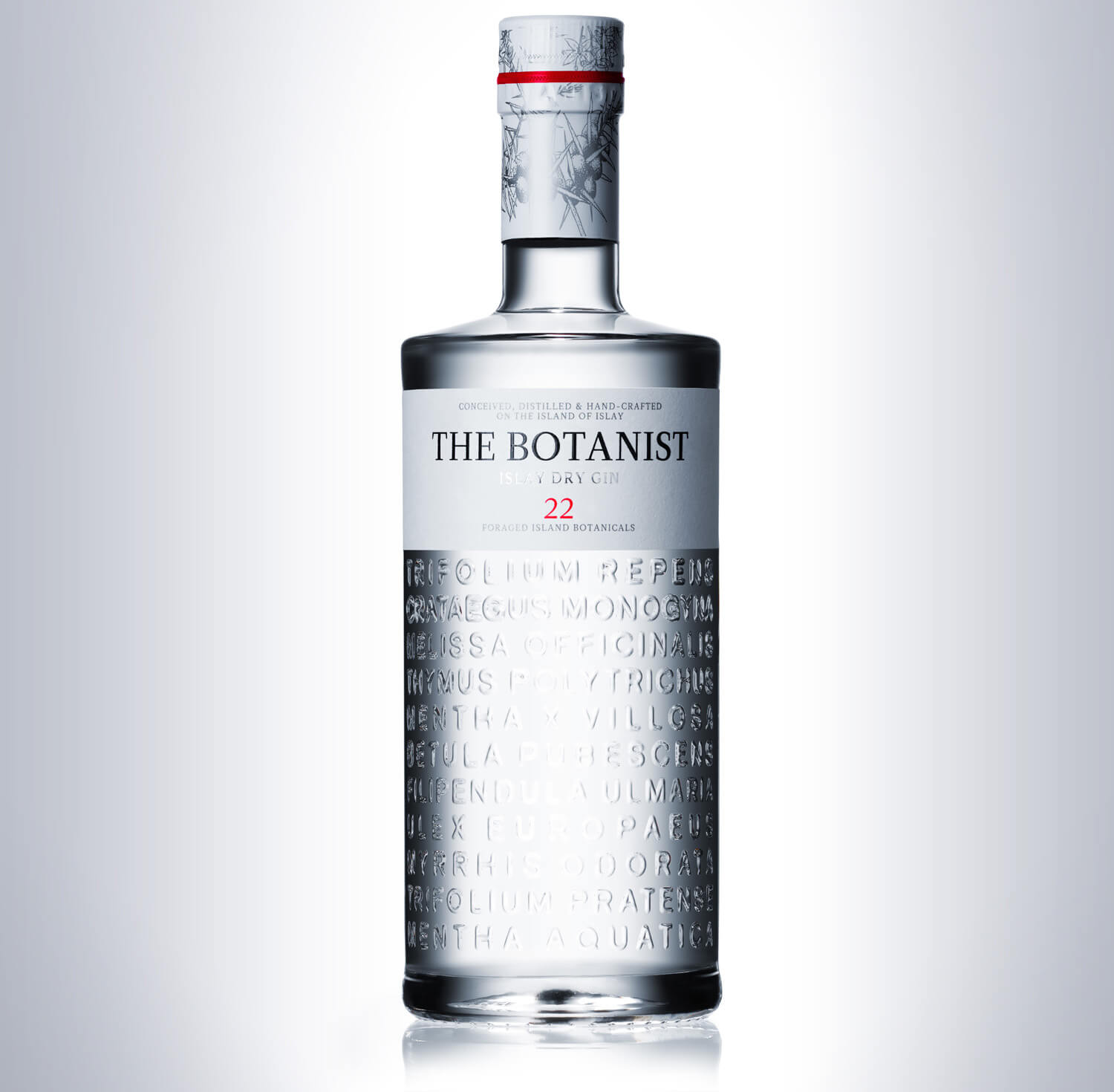
Coincidentally, the Lakes Distillery is close to the Scottish border and is also England’s largest whisky distillery. If the English can make whisky then the Scots are showing they certainly can make gin. On the whisky island of Islay, home to famous names like Ardbeg, Laphroaig, Lagavulin, and Bowmore, the Bruichladdich Distillery surprised everyone when they came out with their gin, The Botanist. In addition to nine more conventional ingredients, the Botanist also has 22 local botanicals harvested from this Hebridean island. It’s Islay’s only gin.
Caorunn
Photos Courtesy of Caorunn Gin — Caorunn
In another Scottish whisky stronghold, Speyside, Caorunn has proven that you can make a distinctly different gin using Scottish botanicals. These include Scottish heather, rowan berries, bog myrtle, Coul blush apple, and dandelion leaf. The result is a gin that is floral yet earthy, and with a taste so delicate that it can easily get swamped by tonic water. Caorunn recommends a gin and tonic that is equal proportions of each, with a slice of red apple. Caorunn is an example of a modern gin whose unique and somewhat delicate flavor profile must be taken into account when mixing drinks.
Blackdown
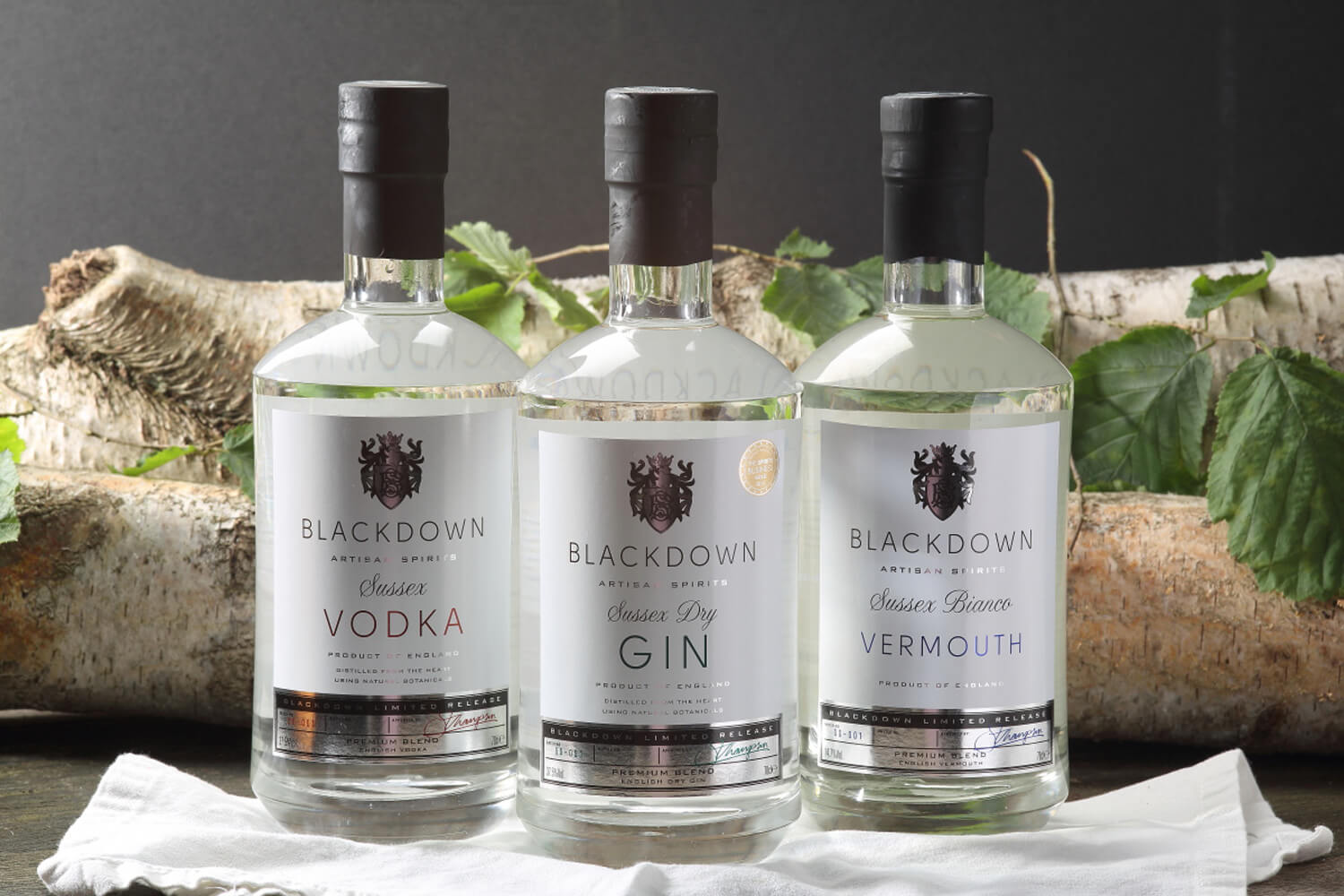
Photo Courtesy of Blackdown — Blackdown
In Sussex in southern England, Blackdown opened in 2013 and produces the only dry gin in the county. It quickly started winning awards and harvesting gold medals galore. It uses fairly conventional botanicals but with one key ingredient – sap from the silver birch trees in the 40 acres of woodland that surround the distillery.
G’Vine

Photo Courtesy of G’Vine — G’Vine
Across the channel in France comes another surprising gin with surprising ingredients and from a surprising place — Cognac. It’s an area where they clearly know how to make classic spirits (Grey Goose is also based there), but G’Vine Gin is a first. The gin is distilled from ugni blanc grapes, which are good for making Cognac but not good for much else. In addition it blends in grape flowers, picked when the vines briefly blossom for a few days in mid-June.
G’Vine chooses lime for its citrus notes; the only other unusual botanical is the cubeb berry. Also known as the Java pepper, this, along with nutmeg and ginger, adds a little Oriental spice. G’Vine’s recipe for the perfect G & T suggests keeping to the grape theme and garnishing with three grapes on a skewer. G’Vine has also picked up gold medals for its gin.
Yes, gin used to be easy. But no longer. Juniper may be present, but it doesn’t define all modern gins. With more and more countries getting into the gin game, gin lovers are finding a slew of ever-more tempting botanical blends to explore.


